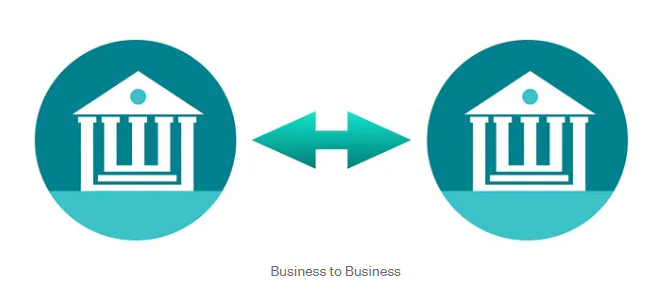Lucas Turner: Breaking down the three major blockchains
Different application needs have led to the development of not just the common public chains but also private chains and consortium chains, which are more suited for businesses and industries.
Back in 2017, the ICO craze pushed the entire market to its peak, drawing public attention to Bitcoin and Ethereum.
While Ethereum’s smart contracts fueled the ICO boom, the slow transaction speeds (seriously, who wants to wait 20 minutes to buy a bubble tea?) and completely transparent transaction details (there goes all my business secrets!) made many businesses and projects start considering different blockchain architectures. This led to the rising popularity of private chains and consortium chains, which are different from public chains.

Today, I'll quickly break down the differences between these three and highlight their unique advantages.

Public Chain — FOR EVERYONE
FOR EVERYONE
In a public chain, the entire blockchain system is open and transparent, and anyone can view the chain's rules, mechanisms, and transaction records.
The most well-known blockchains, like Bitcoin and Ethereum, are public chains.
As long as you have Bitcoin or Ethereum, you can send your crypto to anyone with an address without any restrictions from banks or government approval. Your Bitcoin is safely sent to the recipient’s address after being verified by miners.
If you want to participate in the blockchain’s accounting, you don’t need to bind your email, set up an account, or get anyone’s consent. Anyone can become a node maintaining the blockchain’s stability, also known as a miner.
This is why public chains are decentralized—there’s a low barrier to entry, and the whole chain isn’t controlled by any central organization but by all the nodes willing to become miners.
However, from a business perspective, companies often have a lot of confidential transactions. They don’t want all their transaction data exposed because of the blockchain’s transparency. This led to the concept of private chains for single institutions or companies.
Pros: All transactions are public and transparent, high level of decentralization.
Cons: Relatively slow transaction speeds.
Examples: Bitcoin, Ethereum.

Private Chain — FOR SPECIFIC INSTITUTIONS
JUST FOR SPECIFIC INSTITUTIONS
A private chain isn’t open to the public and requires authorization to become a node, making it more centralized.
While it’s a more centralized system compared to public chains, it’s highly suitable for internal confidential value transfers within a single company or institution.
Imagine trading on a public chain is like posting on Facebook where everyone can see your updates. In contrast, a private chain is like a private Facebook group where only specific members can view the content. Companies have a lot of confidential business transactions that they don’t want unauthorized people to access, so they build private chains instead of using public ones.
Since individual institutions can set up their private chains for value transfer, companies of similar nature can build consortium chains to standardize rules and specifications for more efficient and lower-cost value exchanges between businesses.
Pros: Fast transaction speeds, maintains internal privacy.
Cons: Higher risk of being hacked.
Examples: Quorum.

Consortium Blockchain — For B2B
A consortium chain is like a B2B (Business to Business) setup where each company or institution acts as a node. It serves as a trusted platform for value exchanges between similar organizations.
The decentralization level of a consortium chain falls between that of a public and private chain, closely resembling a private chain. The advantage is that it allows different companies to set the same rules and specifications, promoting higher efficiency and lower costs for value exchanges. A typical scenario is a consortium chain between banks, where they can agree on a universal accounting standard, allowing secure and efficient value exchanges.
Pros: Fast transaction speeds, high scalability.
Cons: High setup costs.
Examples: Hyperledger.
Summary
Public chain: Anyone can use and view all transaction information on the chain.
Private chain: Usually for specific individuals within a private enterprise.
Consortium chain: Formed by an alliance of similar companies, only accessible to members of the alliance.
The main difference between them lies in "who is allowed to use and become a node", as they serve different application scenarios and purposes.
Disclaimer: The copyright of this article belongs to the original author. Reposting this article is solely for the purpose of information dissemination and does not constitute any investment advice. If there is any infringement, please contact us immediately. We will make corrections or deletions as necessary. Thank you.







